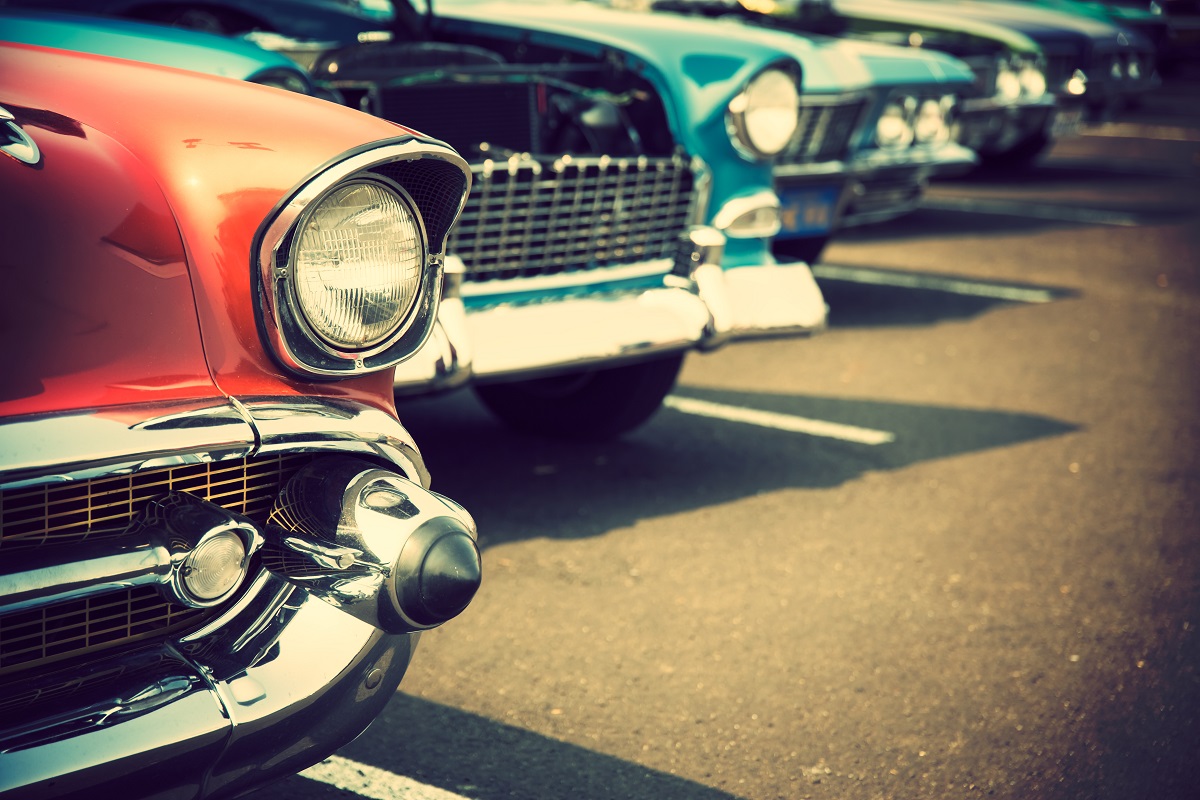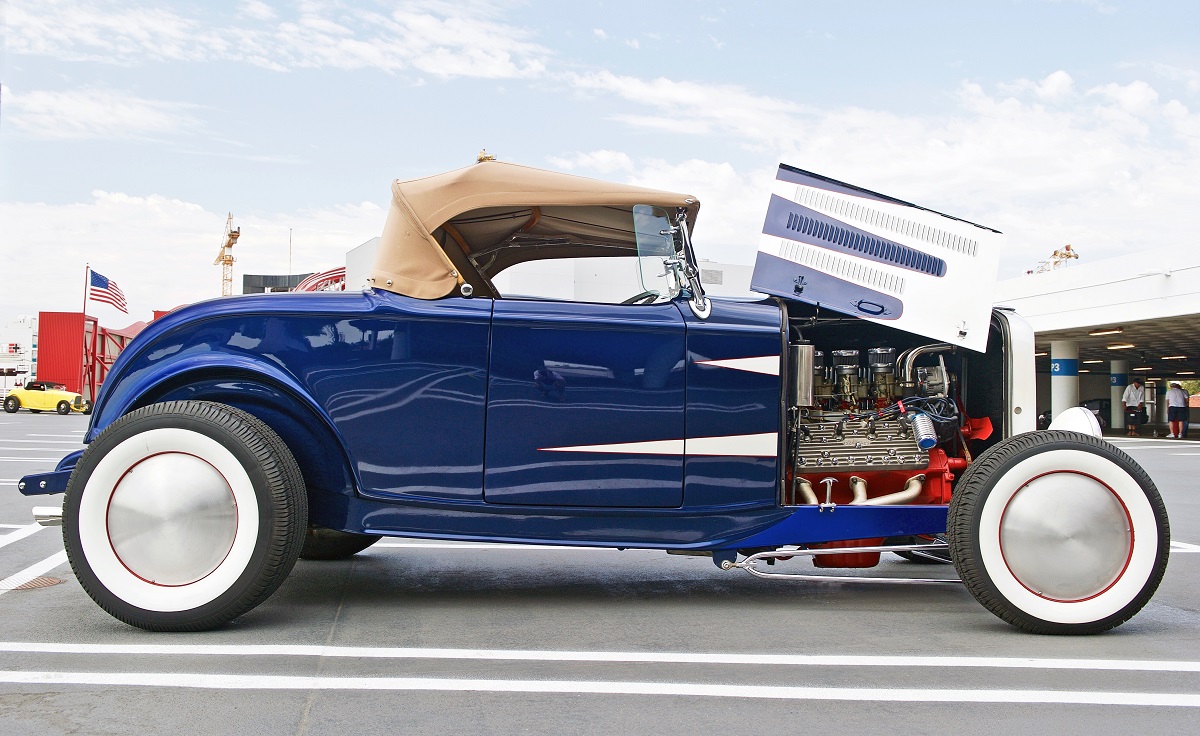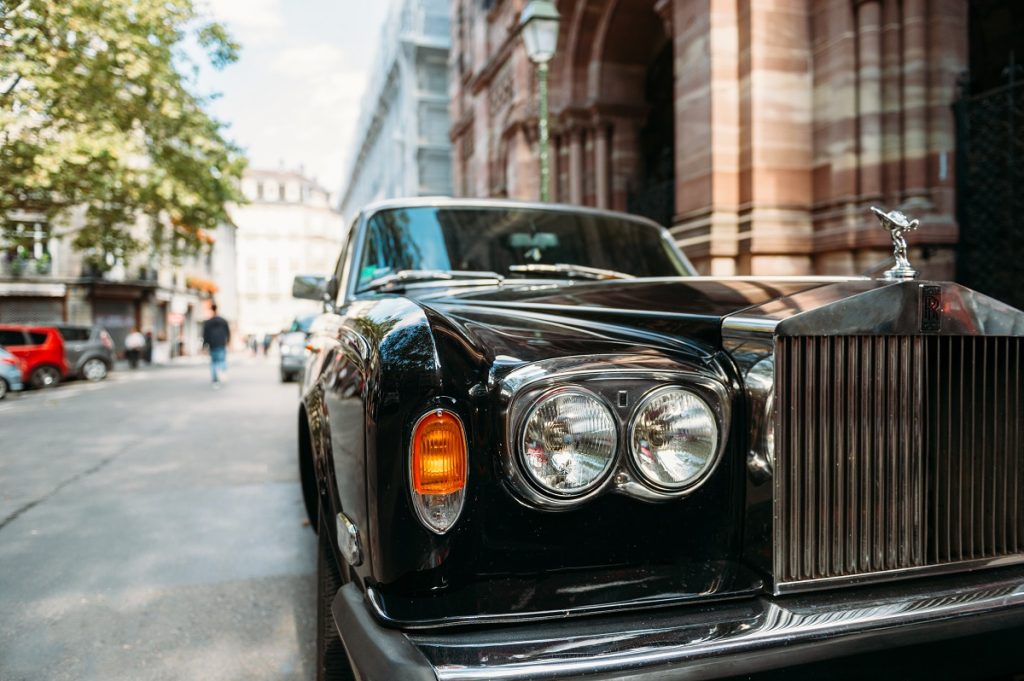- Restoration of classic cars requires meticulous detail, time, patience, and appreciation for the vehicle’s history.
- Major factors to consider include setting a realistic budget and timeframe and preserving the car’s originality.
- Integral parts like the engine, transmission, brakes, suspension, and electrical systems need significant attention during restoration.
- Completing the restoration process not only results in a visual masterpiece but offers a valuable piece of automotive history.
Have you ever seen a classic car cruising down the street and wondered what it would be like to own one? The beauty and history behind these vintage vehicles are undeniable, but they also require a lot of time and effort to maintain their pristine condition. That’s where restoration comes in. Restoring a classic car takes patience, skill, and an appreciation for the vehicle and its history. Here is the art of restoration and how it brings classic vehicles back to life.
Starting the Restoration
The first step in restoring a classic car is assessing the condition of the vehicle. This includes checking for rust, damage, and any missing parts. These issues can significantly impact the restoration process, and it’s essential to clearly understand what needs to be done before getting started. Once the assessment is complete, the restoration professionals will develop a plan of action to restore the vehicle to its original condition. Here are some other factors to consider:
Budget
Restoring a classic car can be costly, largely dependent on the car’s initial condition and the level of restoration desired. Setting a realistic budget is essential, factoring in the cost of parts, labor, and any unforeseen expenses that may arise.
Remember, historical accuracy often commands a premium, with original parts and period-correct modifications typically costing more. But the payoff can be considerable, not just in terms of the vehicle’s financial worth but also in the satisfaction of preserving a piece of automotive history.
Timeframe
The restoration of a classic car is not an overnight process. It requires meticulous attention to detail and considerable dedication. Depending on the extent of the repair, it can take anywhere from a few months to several years to fully restore a vehicle.
It’s essential to remember that quality takes time, and rushing through a restoration can lead to subpar results. Therefore, setting a realistic timeframe is crucial, keeping in mind that true craftsmanship cannot be rushed.
Originality
Preserving the originality of a classic car is a significant aspect of car restoration. True aficionados often strive to maintain as much of the vehicle’s original parts and details as possible, as this contributes to the car’s authenticity and value. This means sourcing original components, matching actual paint colors, and staying true to the vehicle’s original design specifications.

Focus on the Integral Parts
Focusing on the integral parts is a critical aspect of car restoration. It’s essential to ensure that the main car components are in top working order for the vehicle to run smoothly and safely. Each part should be meticulously inspected, repaired, or replaced as necessary, often requiring specialist skills and detailed knowledge. Here’s a rundown of some of the integral parts:
Chassis & Body
The chassis and body of a classic car require significant attention, as they are essential for the vehicle’s structural integrity. This includes inspecting the frame components such as ball joints, tie rods, control arm bushings, and other suspension components. It also involves checking the body panels for rust or damage and repairing any dents or imperfections.
Interior & Upholstery
The interior of a classic car should be restored to its original condition or better. This includes replacing worn-out floor mats, carpets, headliners, and other components.
It also involves reupholstering torn or worn-out seats and restoring the original dashboard and instrument panel. It’s essential to use materials that match the car’s original specifications and color scheme to maintain its historical accuracy and give it a truly authentic feel.
Ball Joint
The ball joint, a pivot point between the wheels and suspension, affects the car’s handling and alignment. Over time, these joints can wear out, causing poor handling and uneven tire wear.
In classic cars, especially those that have been idle for a long time, a complete ball joint replacement may be needed to ensure the vehicle runs smoothly. It’s essential to use ball joints that are compatible with the car’s specifications and suspension design for optimal performance.

Putting Everything Together
After all the different parts of the restoration process are completed, it’s time to put everything together and see the final product. This is where the car enthusiasts’ attention to detail comes in, ensuring that each piece is correctly placed and every screw is tightened to perfection.
Once completed, the restored car is ready to be taken out on the road and show off its new life. For instance, classic car owners can join a club and attend events, allowing them to display their work of art in all its glory.
Furthermore, as the restored car gets older, its value is likely to increase. With proper maintenance and care, a classic vehicle can become an heirloom passed down through generations for years to come.
The art of restoration is much more than just fixing up an old car. It’s an intricate process that takes time, patience, and a passion for classic vehicles. Whether you’re a car enthusiast or a traditional car owner, understanding the work that goes into restoring a vintage vehicle helps you appreciate its beauty even more. It takes a significant amount of time and effort, but the final product is worth every minute spent, as it returns the classic car’s former glory and offers a piece of automotive history to drive and admire every day.




